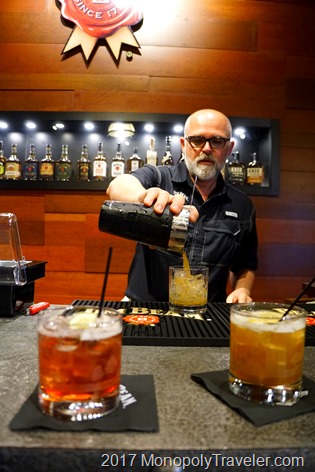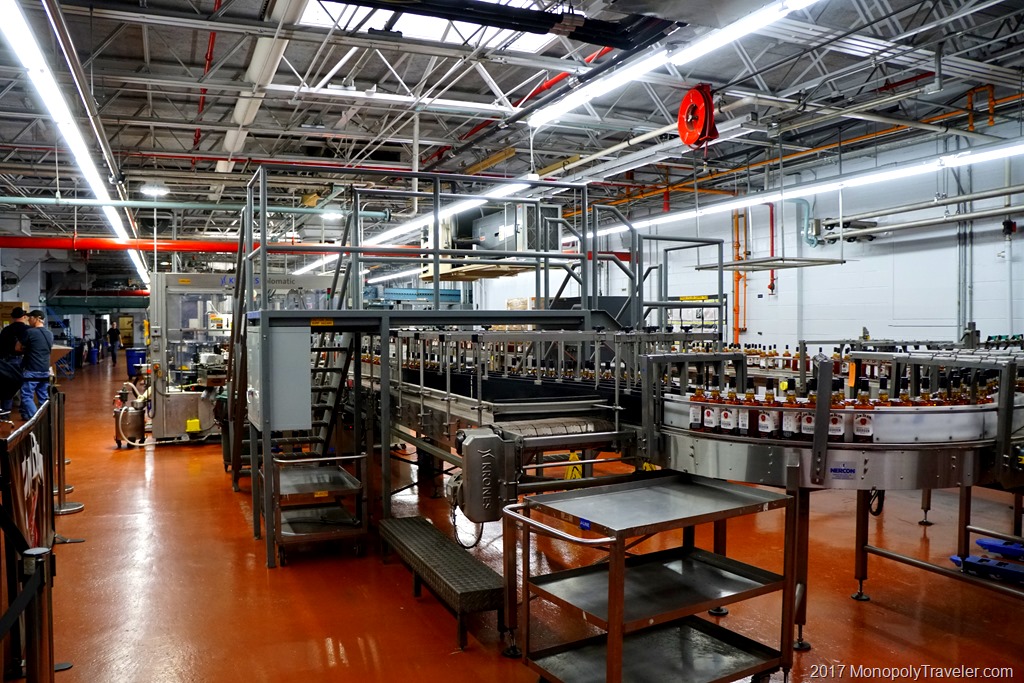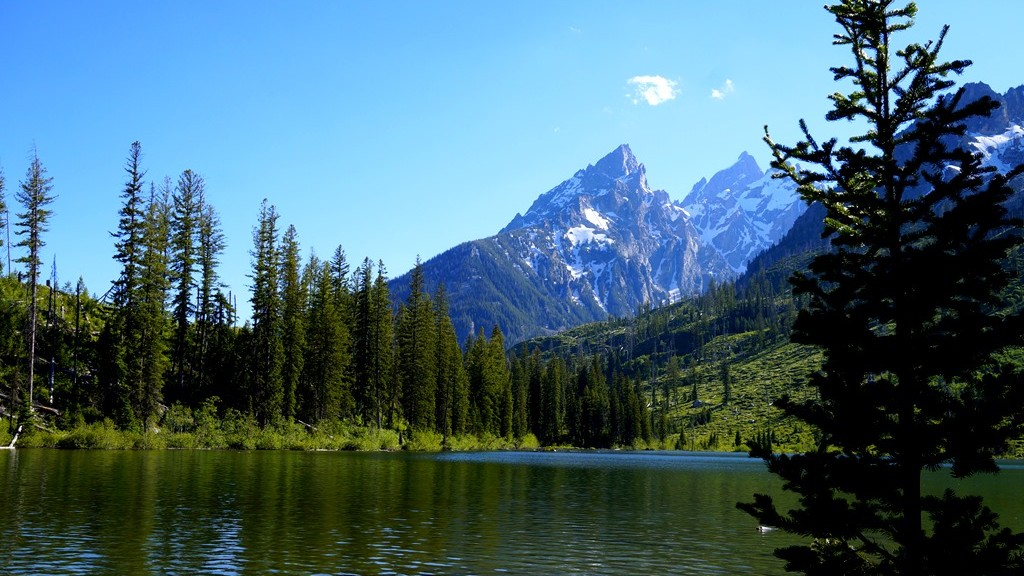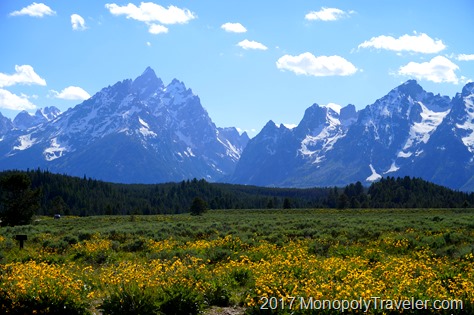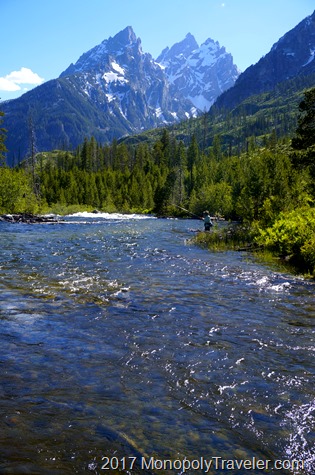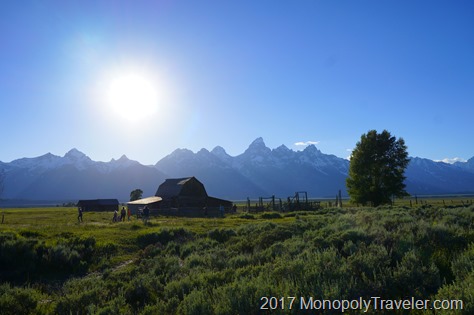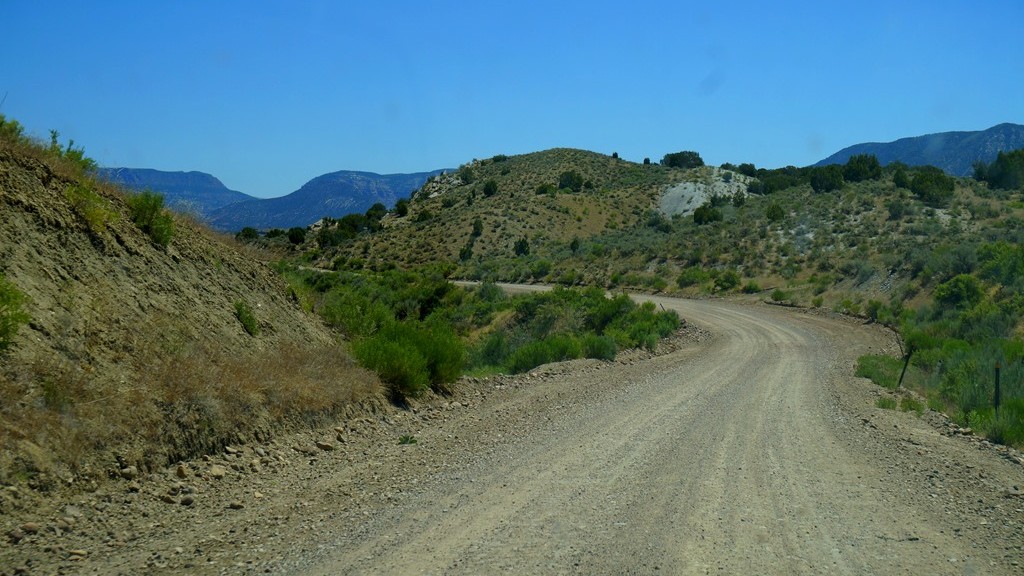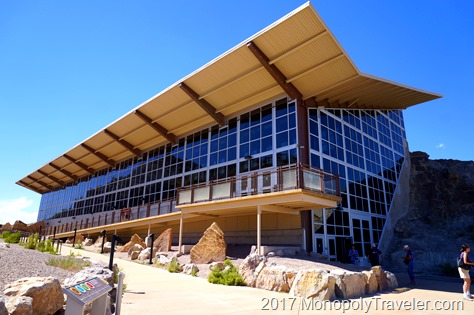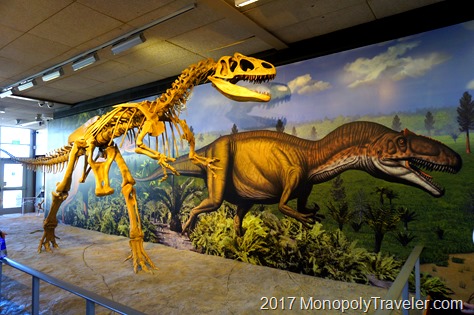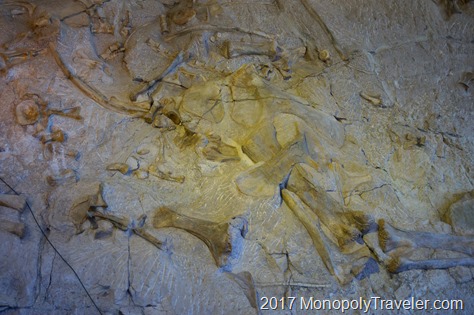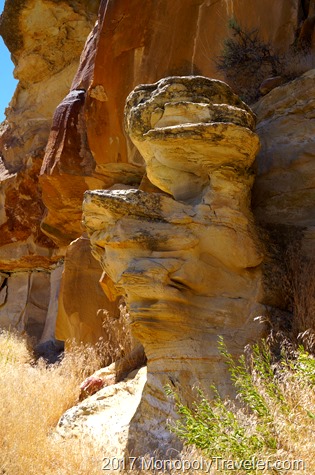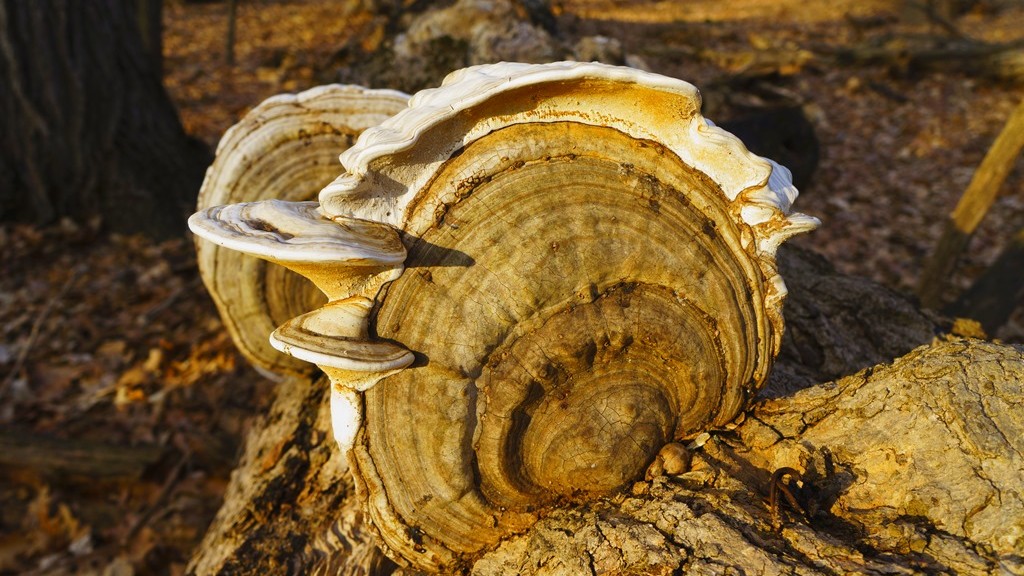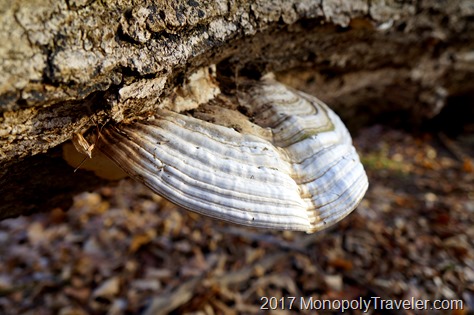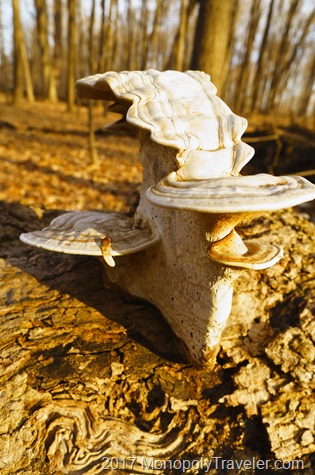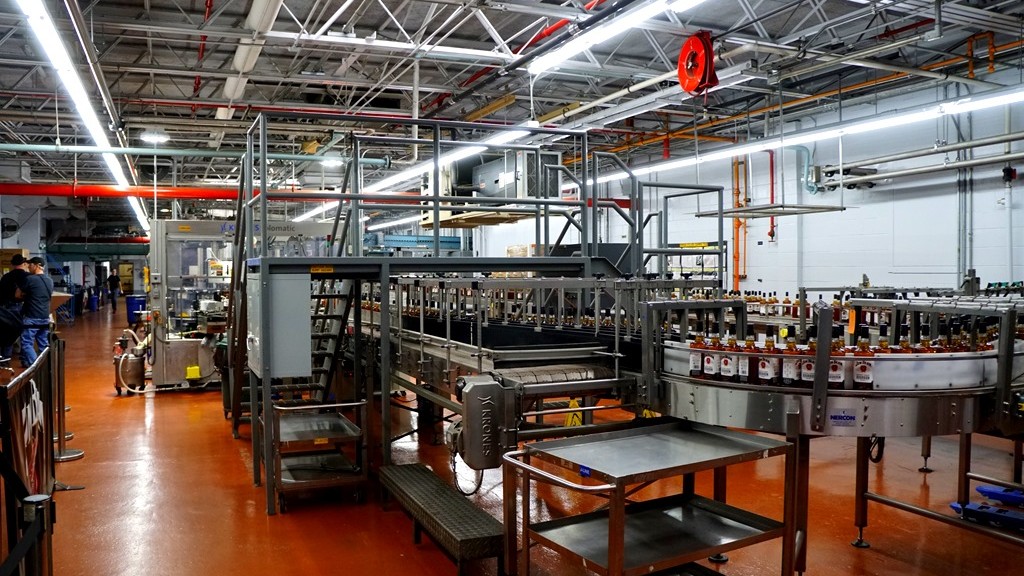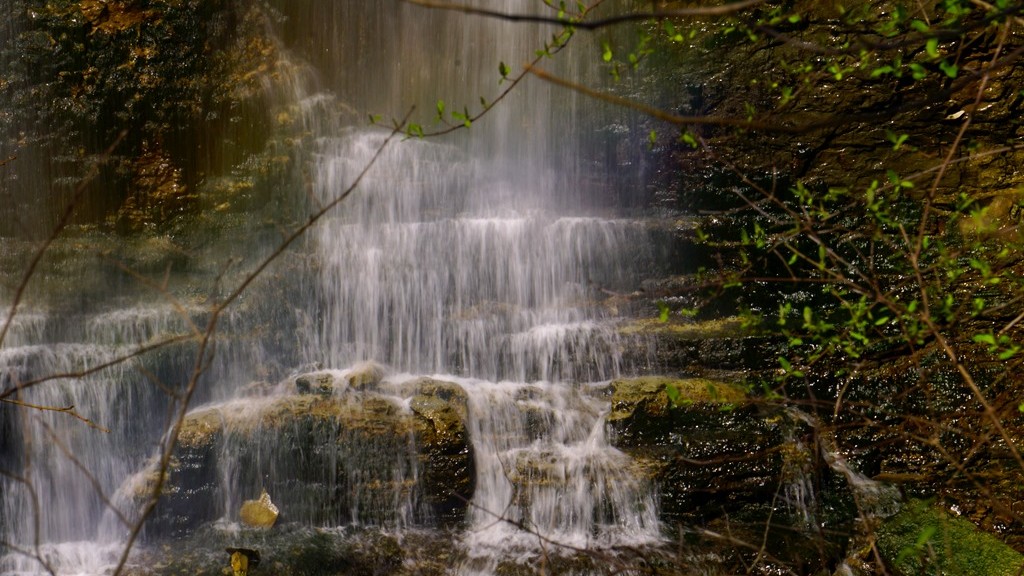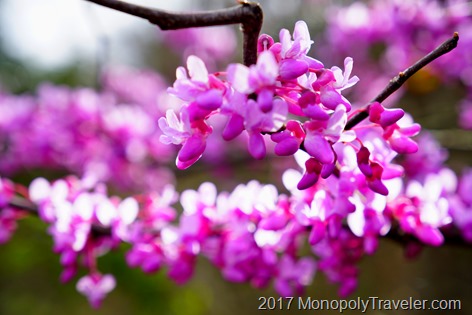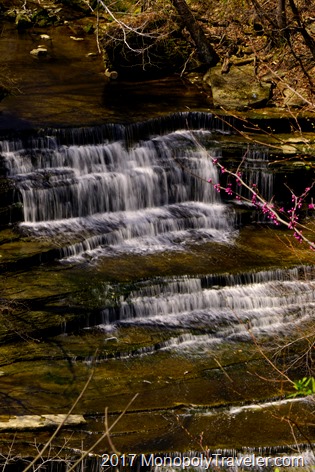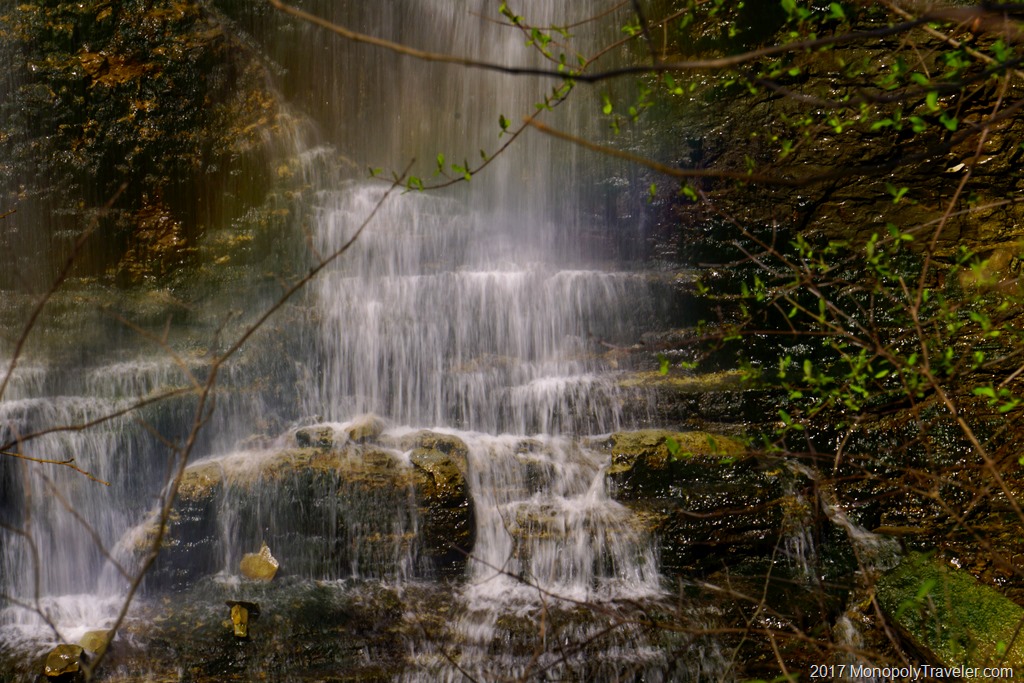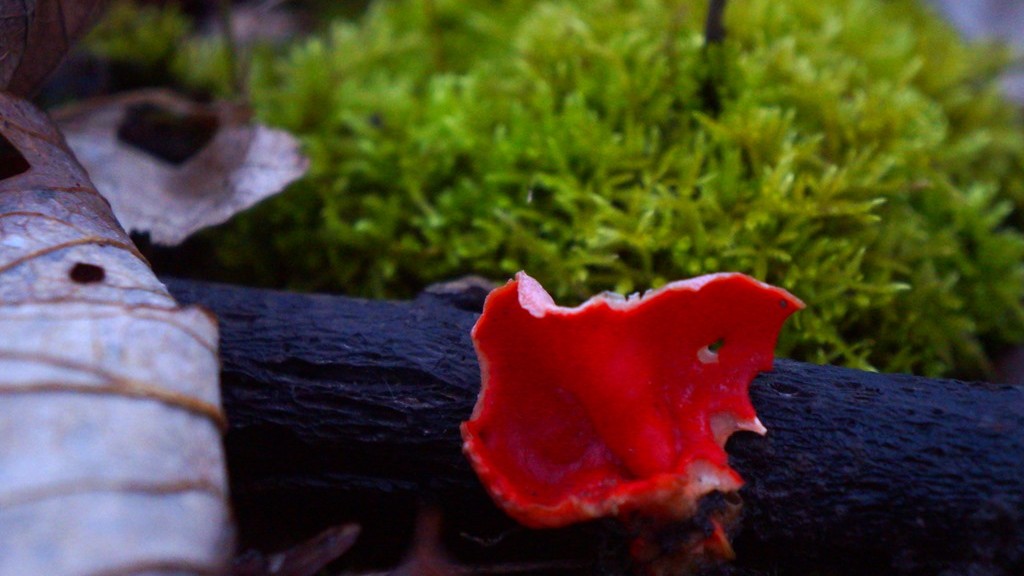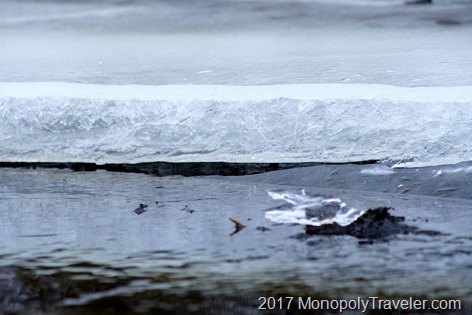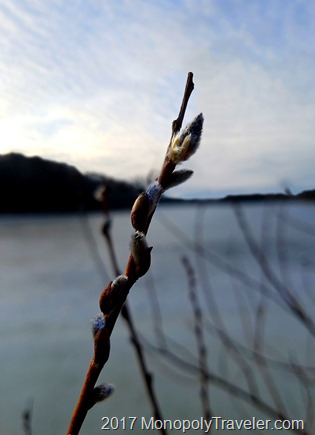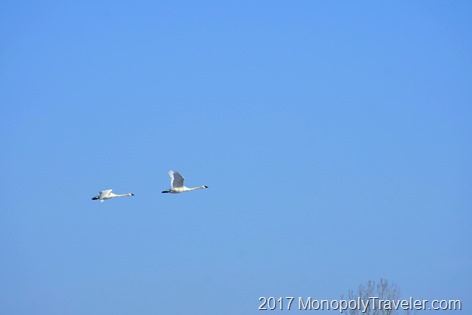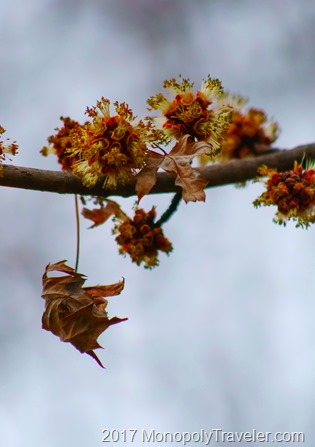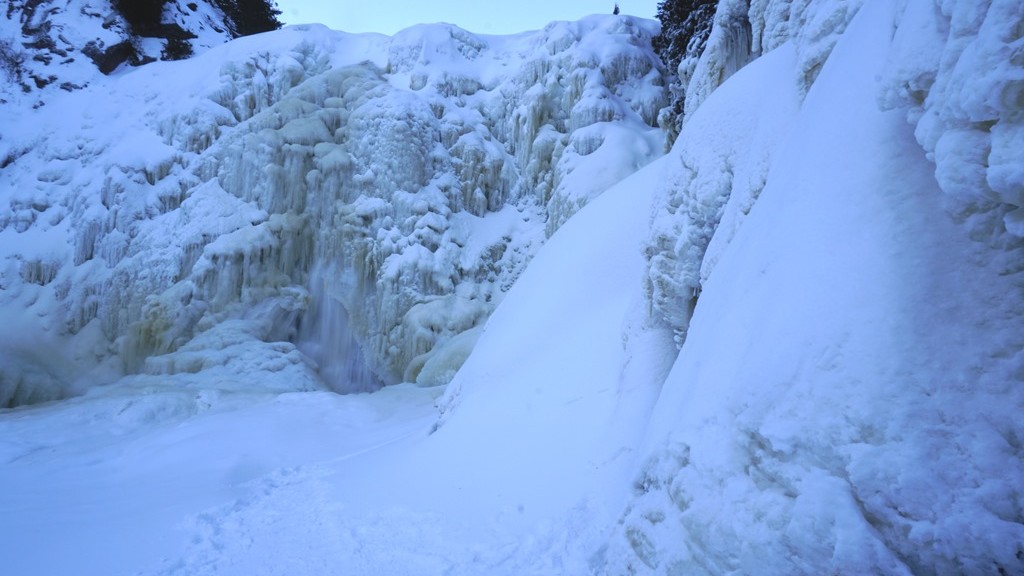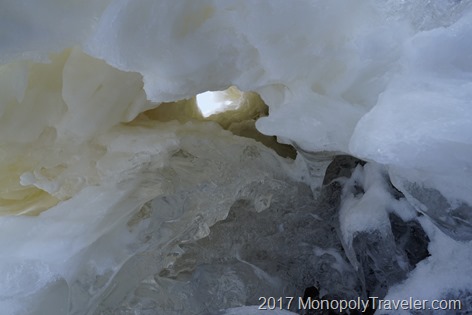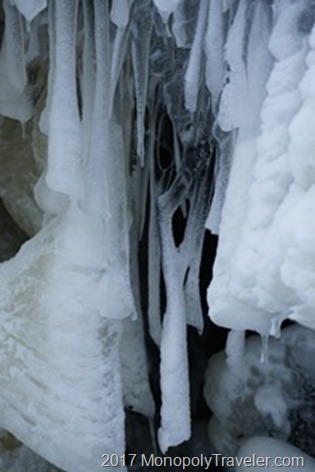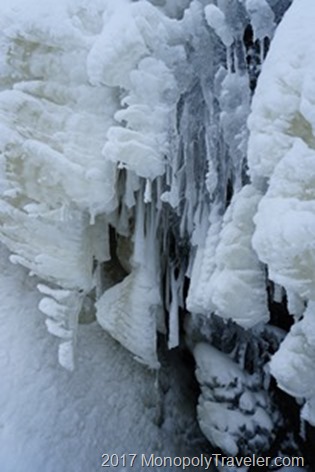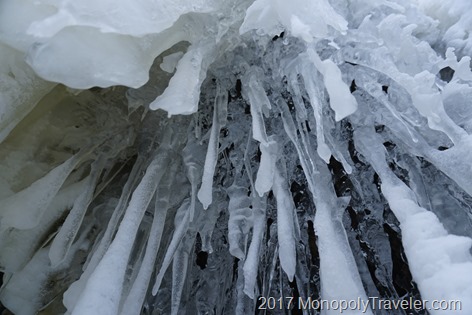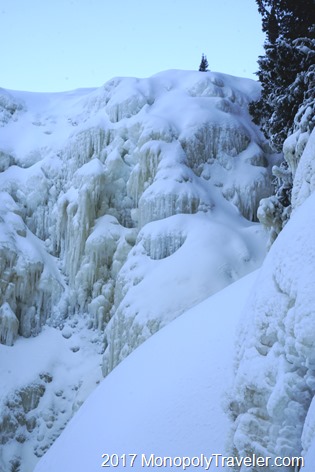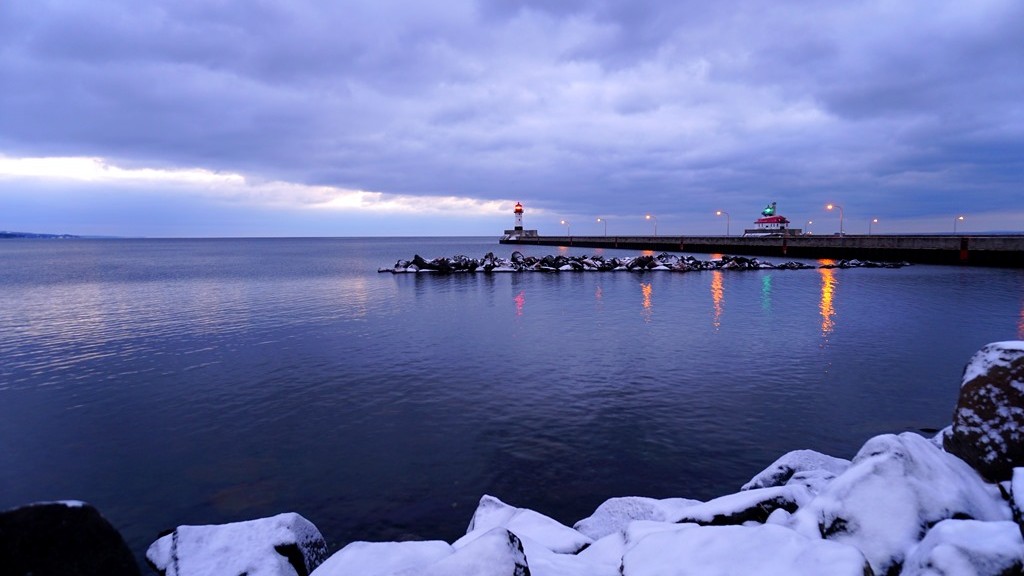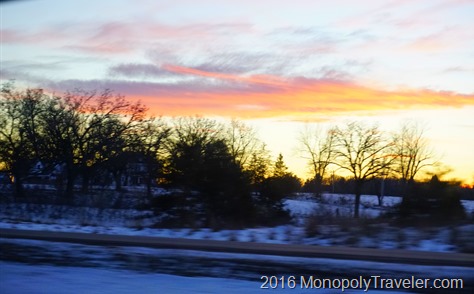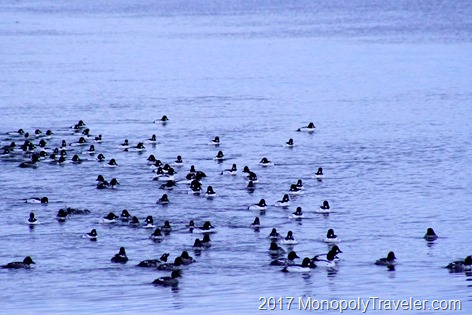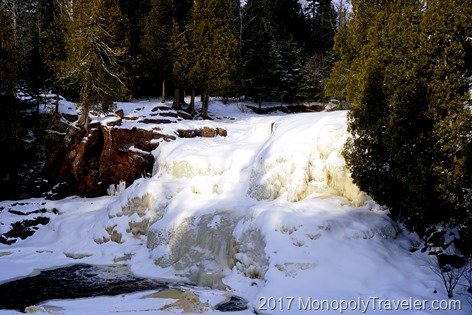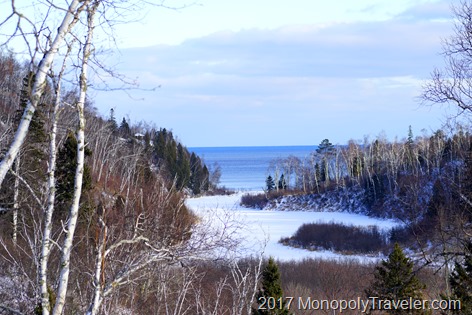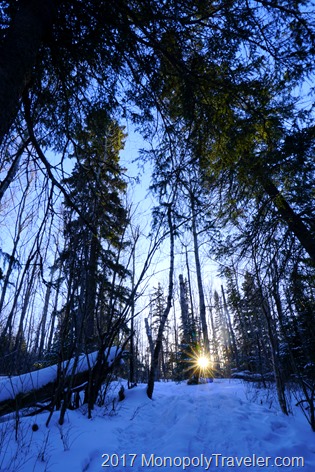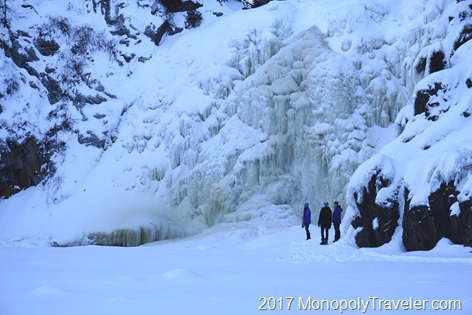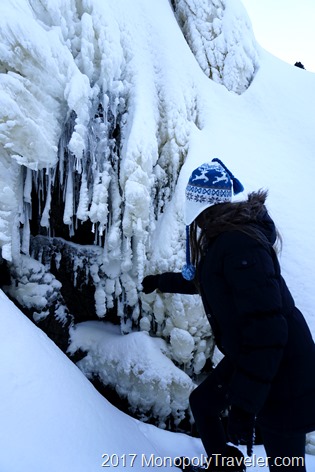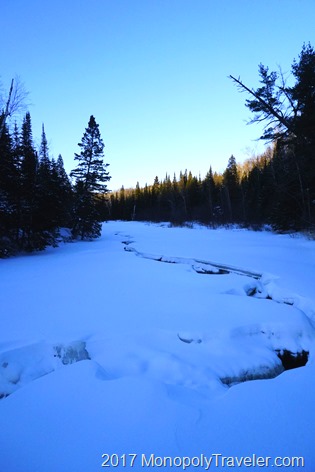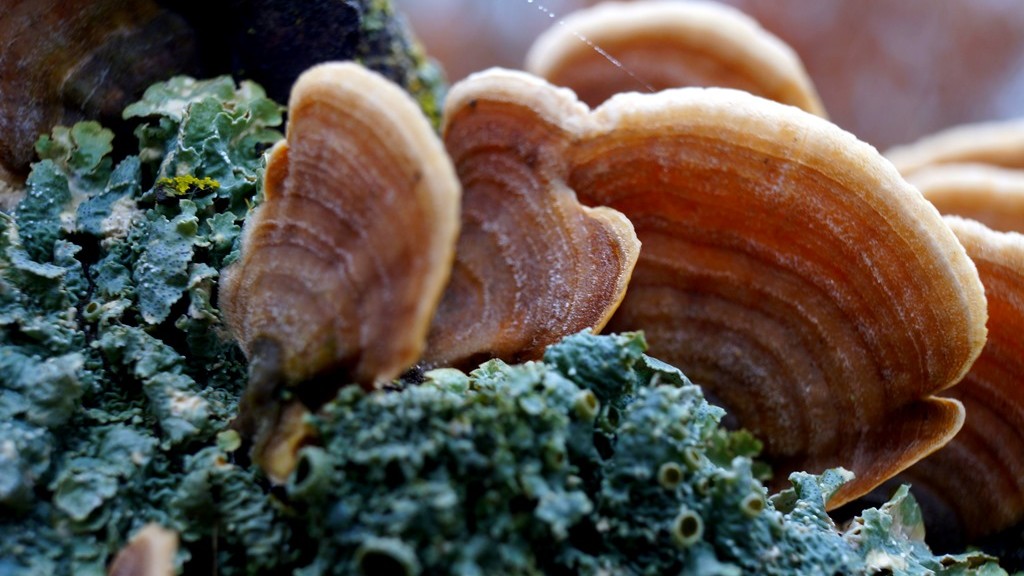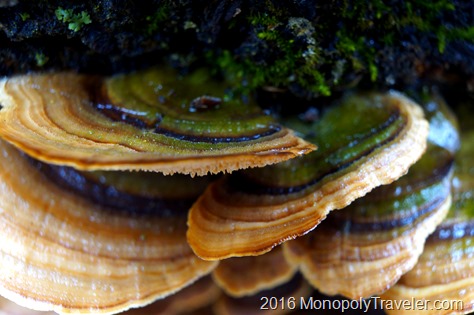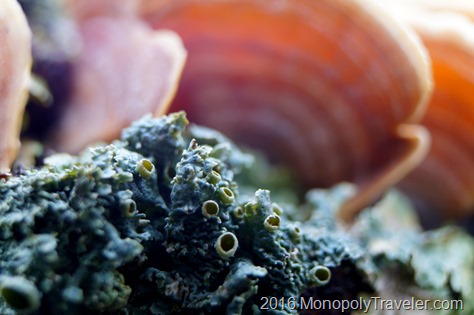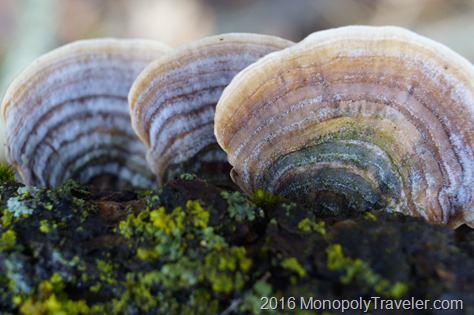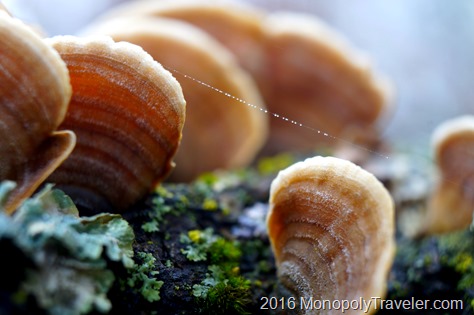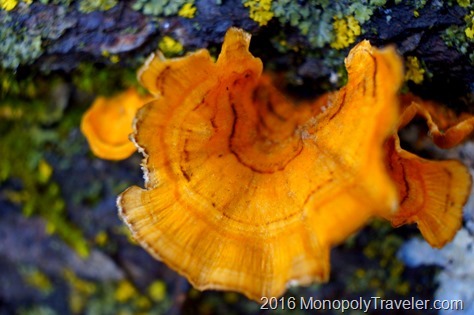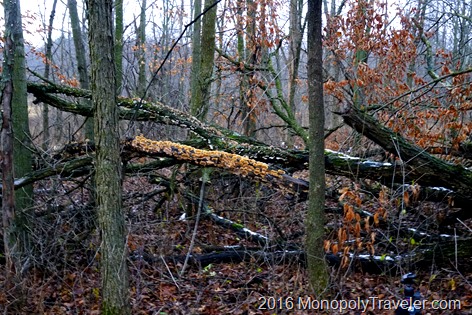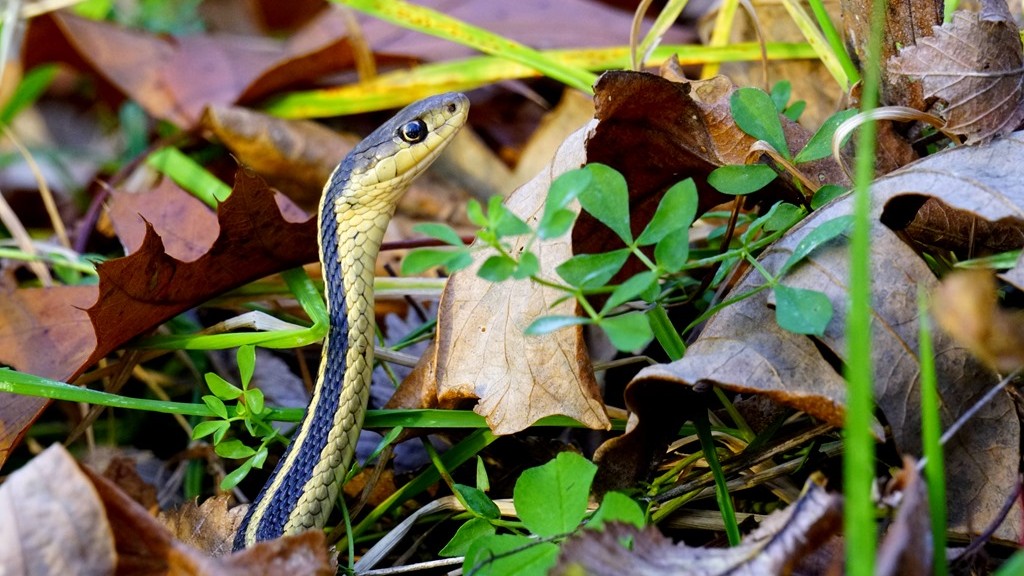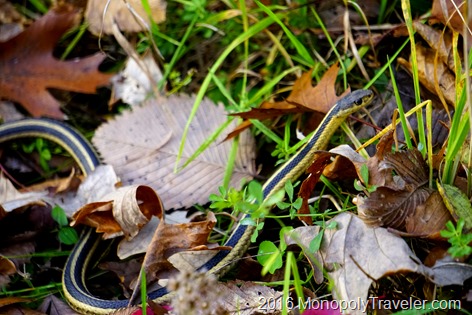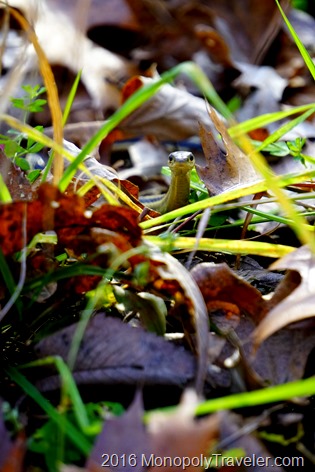Recently while on Spring Break our family headed to Western Kentucky to visit friends. During that visit we took some time to visit Jim Beam, one of the several bourbon distilleries in the area to learn how this type of whiskey is made. Their tour is quite interesting and informative making it a fun way to spend a couple of hours in a very nice facility.
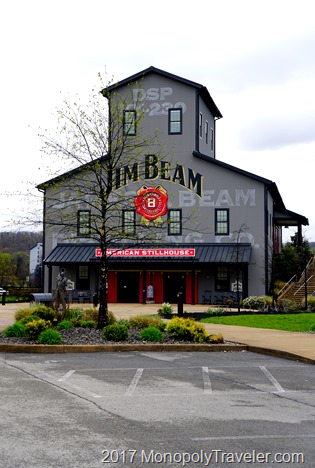
In order for a whiskey to be a bourbon it has to meet a couple of requirements. The first is that it is made entirely from grains with at least 51% coming from corn. These grains are mixed together and added to yeast creating a mash which is fermented for several days. Below is a photo of that mash which gets to be quite sour after a couple of days. If desired this mash can be tasted on the tour to confirm its sour taste.
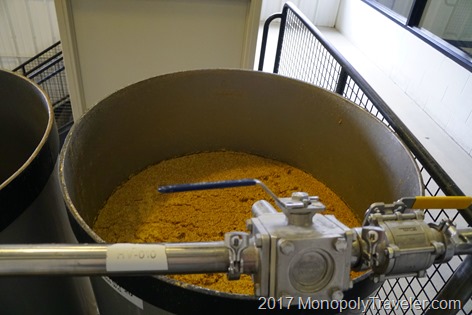
After the mash is fermented for a long enough period of time it is then distilled separating out the alcohol in to a clear liquid which is called a white wine. At this distillery the process is completed twice to get as pure of a white wine as possible. This white wine is also called moonshine by many people.
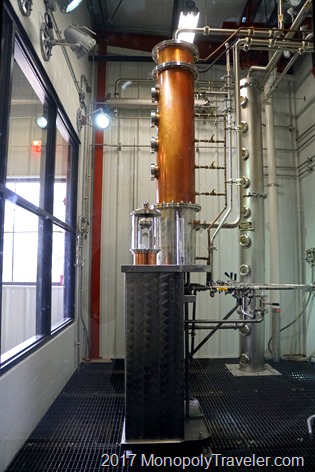
Once enough of this moonshine is created and collected it is ready for aging. This is another requirement for making bourbon. Aging inside a new burned oak container. It is this burned oak that is responsible for the color of bourbon and gives it additional and unique flavoring. Below you can see how clear this moonshine is before it is filled into an oak barrel where it is stored for years before being bottled. The contracting and expanding of this oak allows moisture in and out during different times of the year altering the alcohol content and flavor of the finished bourbon.
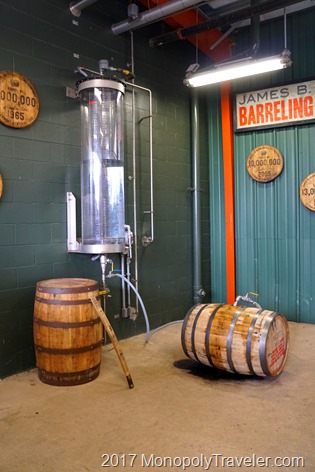
After the appropriate amount of time aging in a burned oak barrel it is opened and tested. If more aging is required it will be re-corked and put back into storage for more time. Each barrel has a unique alcohol content as each one ages a little differently which can not be determined until it is opened. In order to get a consistent alcohol content in each bottle, multiple barrels are added together and water is used to reduce how strong each bourbon is.
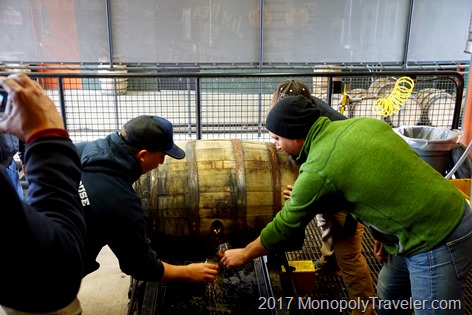
I was amazed that in this day with all of the technology we have, wood barrels are still used and “sealed” with a wooden cork much like it has been done for centuries. It felt as though we were going back in time with these barrels everywhere. I’ve seen whiskey barrels available for planting into which I always thought were manufactured just for this purpose. Now I realize how many barrels are used in the production of different alcohols needing a life after being used in distilleries.
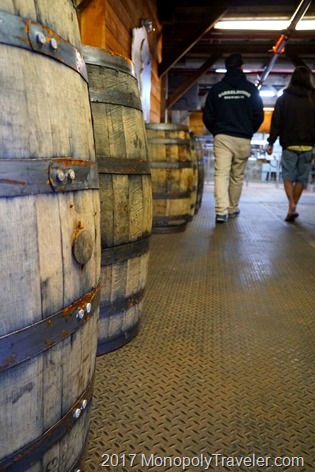
Once the bourbon is processed so it is ready to drink it is mechanically bottled, sealed, and labeled ready to ship to distributers and retail stores for consumption by you and me. This whole bottling process is amazing in how quick and efficient it is as many manufacturing processes often are.
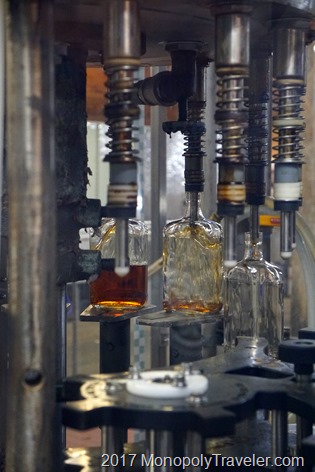
We were able to tag a specific bottle and watch as it went through this bottling process making it more personal and interesting. Another requirement for bourbon is to be created in the United States of which about 95% is manufactured in Kentucky as that is where it was first discovered and made. This continues today.
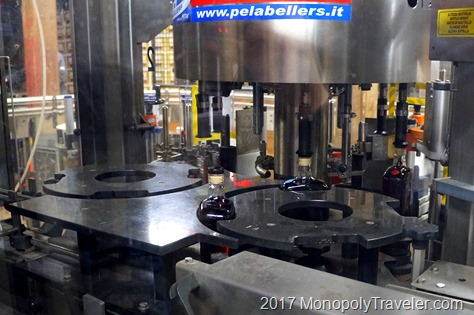
What is a tour without being able to try the product you just learned about? They have a tasting room, as there are more types of bourbon than I would have ever guessed, to see which ones you prefer. There is another area by this tasting room to order a drink or two to further try different combinations if so desired completing this very interesting and entertaining tour of a Jim Beam distillery.
